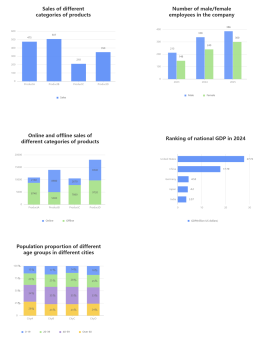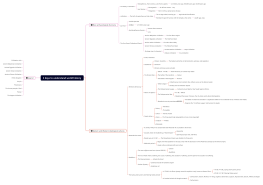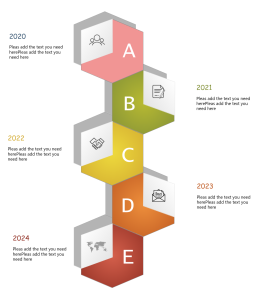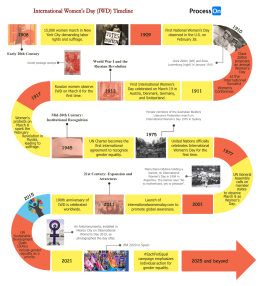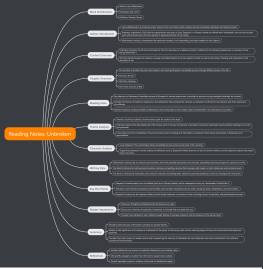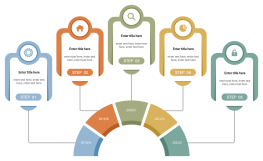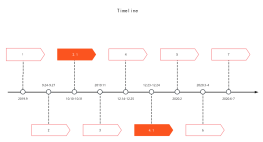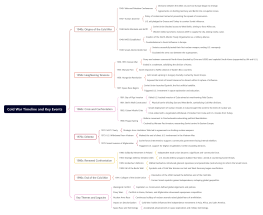World War I Timeline
2024-08-29 11:53:48 183 0 Report 0
0
Login to view full content
This mind map outlines the pivotal events of the World War I timeline, beginning with the formation of key alliances such as the 1879 Alliance Treaty between Germany and Austria and the 1882 Triple Alliance with Italy. The timeline progresses through significant moments, including the assassination of Archduke Franz Ferdinand in 1914, which triggered the war, and major battles like Verdun and the Somme. It also highlights the entry of the United States into the war in 1917, the Russian October Revolution, and concludes with the signing of the armistice on November 11, 1918, effectively ending the conflict.
Other creations by the author
Outline/Content
1879
Germany and Austria concluded the "Alliance Treaty," which had a clear anti-Russian character.
1882
The Triple Alliance between Germany, Austria, and Italy was officially established, with Germany becoming the core.
1907
France, the United Kingdom, and Russia
formed the Triple Entente.
formed the Triple Entente.
1908
Austria-Hungary annexed Bosnia and Herzegovina.
1912
The First Balkan War was a war of national liberation.
1913
The Second Balkan War.
June 28, 1914
Archduke Franz Ferdinand was assassinated by a Serbian youth named Gavrilo Princip in Sarajevo, the capital of Bosnia and Herzegovina. This event was the catalyst for World War I.
August 1914
The German army invaded France, advancing towards Paris; the Russian army attacked East Prussia, and the German army began to be forced into a two-front war.
September 5, 1914
The Battle of the Marne. The largest battle of World War I, it marked the bankruptcy of the German policy of "quick victory." By the end of 1914, the Western Front had entered a stalemate phase.
1915年
The German-Austrian offensive focused on the Eastern Front, aiming to crush Russia in one fell swoop and end the battle, but the plan failed. In 1916, the focus of the war shifted back to the Western Front, and the strategic initiative of the great battle gradually turned to the side of the Allies.
February 1916
Germany launched the Battle of Verdun. The French army resisted fiercely and then counterattacked, recapturing most of the lost territory.
The Battle of Verdun was a decisive battle in the Great War, where the French army gained a foothold and the German forces began to decline in strength and morale.
In the same month, Germany declared the implementation of "unrestricted submarine warfare".
The Battle of Verdun was a decisive battle in the Great War, where the French army gained a foothold and the German forces began to decline in strength and morale.
In the same month, Germany declared the implementation of "unrestricted submarine warfare".
June 1916
The Anglo-French forces launched the Battle of the Somme to tie down the German army and support Verdun, which was the largest battle of World War I. It was also the first time the British used tanks. It was a massive消耗战, but still, no decisive victory was achieved.
May 31, 1916
The largest naval engagement between the British and German fleets—the Battle of Jutland.
April 1917
The United States joined the Allied Powers in fighting against Germany. The economic and military strength of the Allied Powers significantly increased.
August 1917
The Beiyang Government of China declared war on the Allied Powers.
November 1917
The October Revolution broke out in Russia. A treaty was concluded without ceding territory or paying indemnities.
March 1918
The Soviet Union and the Allied Powers signed the Treaty of Brest-Litovsk, withdrawing from the imperialist war.
July 1918
The Allied forces launched the first large-scale counteroffensive in the late stages of the war on the Western Front, advancing the front line to the Marne River.
September-October 1918
The Allied forces broke through Germany's "Hindenburg Line."
The end of October 1918
German sailors at the port of Kiel launched a mutiny.
November 9, 1918
The November Revolution led to the abdication of Kaiser Wilhelm II.
November 11, 1918
A train carriage in the outskirts of Paris signed the armistice, ending World War I.
January 18, 1919
The Paris Peace Conference officially opened in the Palace of Versailles.
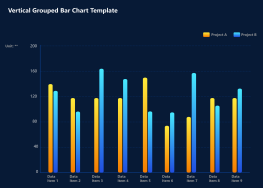
Collect
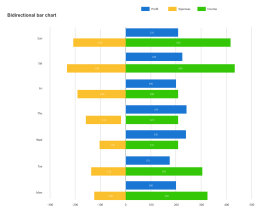
Collect
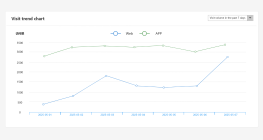
Collect
0 Comments
Next page
Recommended for you
More


